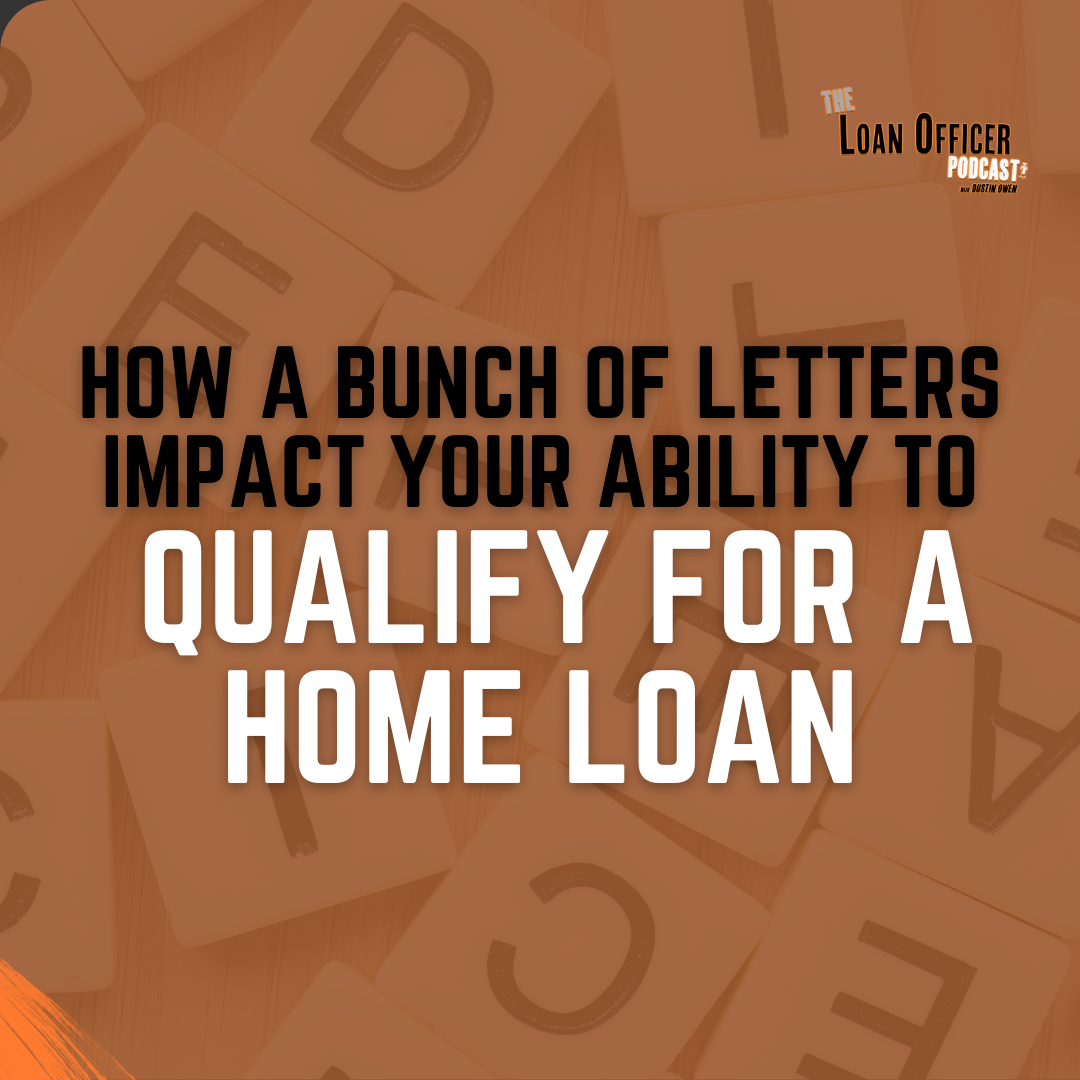How A Bunch Of Letters Impact Your Ability To Qualify For A Home Loan
By: Dustin Owen, CMB
DTI, LTV, AUS are not the elements from your 10th Chemistry quiz that you got wrong. Nope. Not at all. They stand for Debt To Income ratio, Loan to Value and Automated Underwriting System. When your mortgage lender explains PAIL to you, know that they are not talking to you about your Barney lunchbox that you just had to have when you went off to Kindergarten. To them PAIL stands for your Property, Assets, Income and Liabilities. The quicker you can wrap your head around this industry jargon, the more comfortable you will become with the approval process of financing your home purchase. Let me explain.
DTI is a mathematical equation used to see if you can afford the mortgage payment. The lender divides your monthly debt by your gross (that’s the big number on your paycheck; not what gets direct deposited) monthly income. And, you most likely have two DTI’s. One is a front-end ratio and the other is a back-end ratio. The front is just your total housing payment divided by monthly income and the back is housing payment plus things like auto loans, student loans, child support, credit card payments etc. divided by monthly income. If your front ratio is too high (i.e. over 40-45%) then you won’t qualify. If your back-end is too high (i.e 45-55%) you will not qualify. This is regardless of your credit score or how much money you put down.
LTV is your loan to value. All loans have a maximum LTV. It is basically your loan amount divided by your sales price (or appraised value; whichever is LESS). In general terms, the lower your LTV the better your chances are of qualifying. Some loans (i.e. home loans for investment properties) have a max LTV of 80%. Other loans (i.e. FHA loans) will finance up to a 96.5% LTV and for a VA loan, because the downpayment requirement is generally 0%, the LTV is 100%.
AUS is simply a computer software lenders use to efficiently underwrite and qualify home loan applicants. You see, there are the rules as written by the various government entities (i.e. Fannie Mae, HUD, Dept of Veteran Affairs etc.) and then there is AUS. The “rules” or guides may say “X” but AUS can override said rules and these overrides are for the benefit of the borrower. This means more homebuyers get to hear “yes”. One thing to understand about AUS is that it is only as good as the data which was input prior to it being run. AUS approvals still need to go to a mortgage underwriter (human) to verify the data used for the AUS approval is accurate.
And then there is that Barney lunch box…er…I mean P.A.I.L. If you want to understand what a mortgage underwriter is look for when reviewing your loan application just know that are reviewing your PAIL. They need information about the property. Why type of home? What is its appraised value? How will you be using the home? (To live in? To rent?) Etc. They need to know about your assets. It is not just about how much money you have but where is that money being held and how long has it been in your account? Do you have access to the money? Is any part of it a loan? Etc. The underwriter wants to know about your income. Are you paid hourly or are you on a salary? Do you own your own company and if so for how long? How long have you been with your employer? Etc. Then they need to know about your liabilities. Liabilities is who do you owe money to and how much are you obligated to pay each month. It is also what is your history with credit? (Think credit score) Do you have any bad debts? (i.e. Collections, Tax liens etc.)
As G.I. Joe taught me, knowing is half the battle. Now you know. You are half-way there. Your final step is to find a proven mortgage professional to walk you through the rest of this process. Don’t go at this process alone. Take it from a home loan expert.

